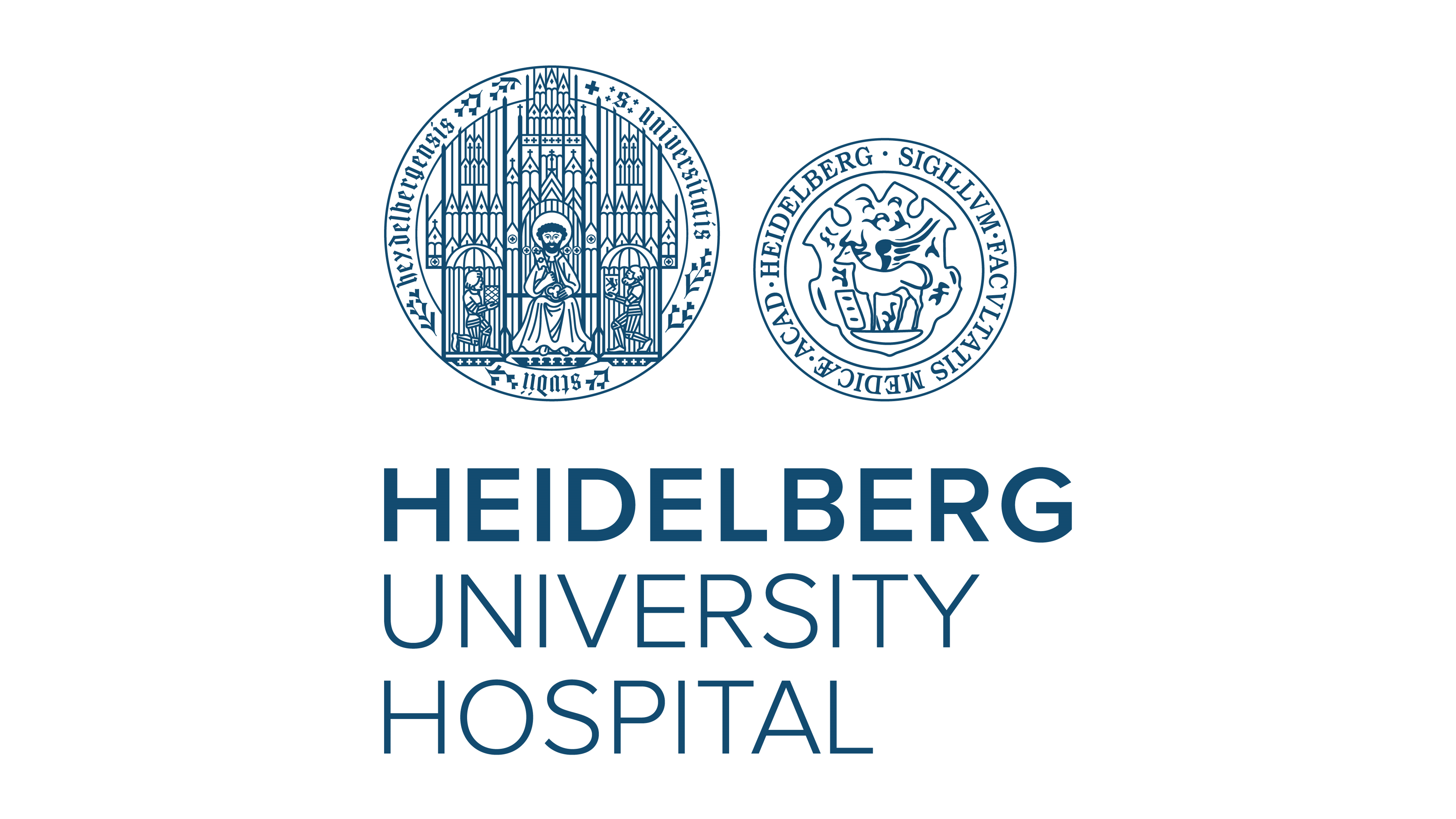New approach to fighting cancer: energy trap for tumor cells

Glycolysis is an important sugar degradation pathway that cancer cells in particular depend on. Scientists at the German Cancer Research Center (DKFZ) have now shown that liver cancer cells in mice and humans depend on a key enzyme of glycolysis, Aldolase A. When it is switched off, glycolysis reverses from an energy-producing to an energy-consuming process. This leads to a massive energy deficiency from which the cell cannot escape by switching to other metabolic pathways, and ultimately to slowed tumor growth in mice.
Glycolysis is a central metabolic pathway by which cells obtain energy from sugar. Cancer cells in particular have long been thought to depend on the energy obtained through glycolysis, a phenomenon known as the “Warburg effect”. Today we know that cancer cells can use energy sources more flexibly than previously thought. Even when glycolysis is blocked, they survive by obtaining their energy through the respiratory chain.
This makes the results published by Almut Schulze and colleagues from the German Cancer Research Center (DKFZ) all the more surprising: when the researchers blocked the enzyme aldolase A, which catalyzes an important step in glycolysis, liver cancer cells experienced “energy stress” and ceased their division activity. The team demonstrated this both in mouse liver cancer cells and in several human cancer cell lines.
However, when the researchers blocked an “earlier” step in glycolysis, the enzyme glucose-6-phosphate isomerase, this had no effect on the growth of the cancer cells. “The glycolytic enzyme aldolase is essential for liver cancer cells, although the glycolytic pathway itself is apparently dispensable,” says metabolism expert Almut Schulze, summarizing the findings.
At first glance, the result seems surprising, since the enzyme blockade inhibits the sugar degradation pathway in both cases. However, a closer look at the biochemical steps of glycolysis provides clarity: the metabolic pathway, which involves many reactions, is divided into two parts. First, the cell has to invest energy to generate the highly energetic intermediate fructose-bisphosphate.
Energy in a trap
This is where aldolase A comes in. If it is switched off, fructose bisphosphate accumulates in the cell, and the energy bound in it remains unused, trapped as it is. The cell cannot reap the energy profit from the steps that would normally follow. Glycolysis has reversed from an energy-producing to an energy-consuming process. What’s more, the lack of energy further stimulates the production of fructose bisphosphate, creating a vicious circle.
Sooner or later, this leads to energy consumption exceeding energy production. In liver cancer cells, this results in a massive energy deficiency, the cell cycle is stopped and tumor growth is inhibited. The team also demonstrated this in liver cancer-bearing mice: if the animals’ Aldolase A was genetically switched off, the cancer growth was reduced and the mice survived significantly longer.
“By switching off Aldolase A, we can overcome the metabolic plasticity of cancer cells. We not only block energy production through glycolysis, but also prevent the cell from switching to other metabolic pathways, because the energy is trapped in the fructose bisphosphate. Targeted inhibition of aldolase A could therefore be a promising strategy for combating cancer cells,” says Marteinn Snaebjornsson from DKFZ, the first author of the publication. However, the only aldolase A inhibitor currently available has so far only been tested experimentally and is not approved as a drug. The Heidelberg team is now testing the substance for its potential in cancer therapy.
It is important to note that even a slight reduction in the activity of aldolase A could be enough to drive cancer cells into the energy trap. “Normal cells should tolerate this because they take up smaller amounts of glucose and produce less energy-rich fructose bisphosphate. The ‘Warburg effect’ is therefore a weak point of cancer cells that makes them more sensitive to a blockade of Aldolase A,” says Schulze, who led the study.
The results show how a deeper understanding of tumor metabolism can enable innovative approaches to cancer treatment. These findings could pave the way for new, highly specific therapies that target the weaknesses of cancer metabolism while sparing healthy cells.
Marteinn T. Snaebjornsson, Philipp Poeller , Daria Komkova, Florian Röhrig, Lisa Schlicker, Alina M. Winkelkotte, Adriano B. Chaves-Filho, Kamal M. Al-Shami, Carolina Dehesa Caballero, Ioanna Koltsaki, Felix C. E. Vogel, Roberto Carlos Frias-Soler, Ramona Rudalska, Jessica Schwarz, Elmar Wolf, Daniel Dauch, Ralf Steuer & Almut Schulze: Targeting aldolase A in hepatocellular carcinoma leads to imbalanced glycolysis and energy stress due to uncontrolled FBP accumulation
Nature Metabolism 2025, DOI:
https://www.nature.com/articles/s42255-024-01201-w




